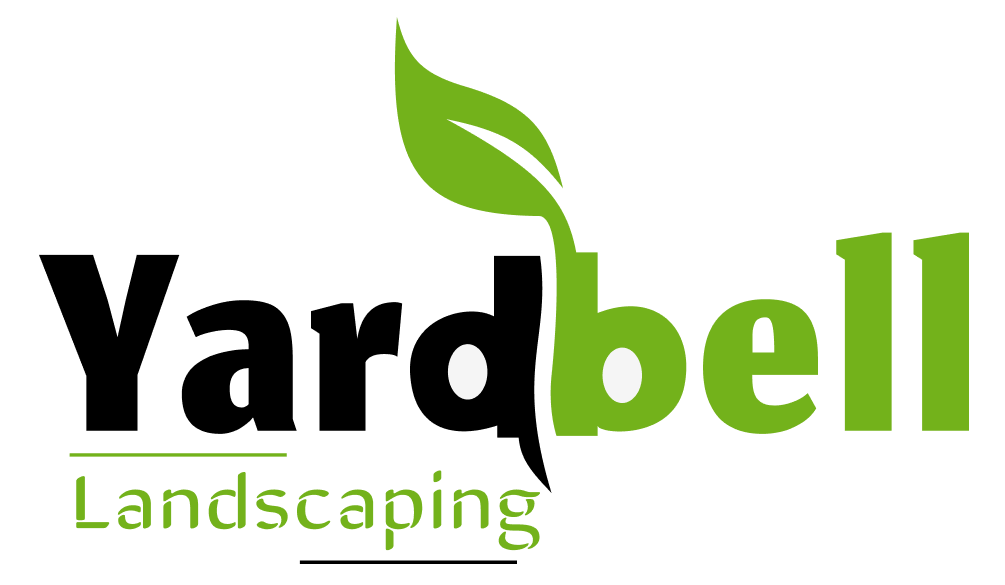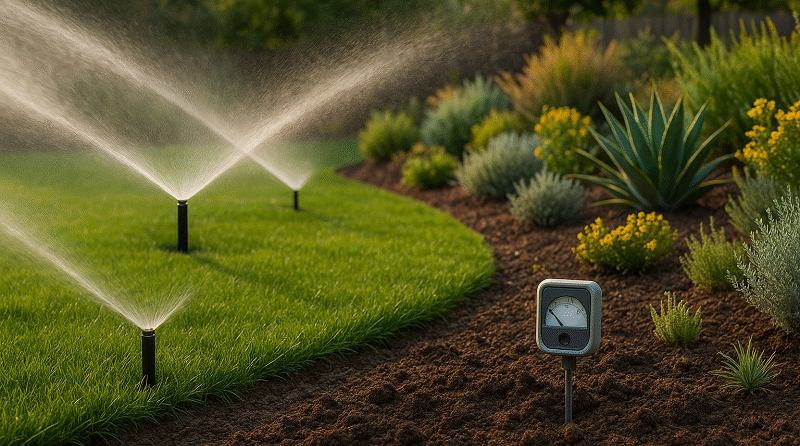In today’s economy, every drop counts—especially when it comes to outdoor water use. Traditional landscaping methods often lead to overwatering, high utility bills, and wasted effort. Fortunately, there’s a smarter way to maintain a beautiful, thriving landscape without draining your wallet or the environment.
Welcome to the world of smart landscaping—a modern approach that uses cutting-edge technology and sustainable practices to create efficient, eco-friendly outdoor spaces. Whether you’re a homeowner, landlord, or property manager, adopting smart landscaping techniques can help you significantly cut water usage, reduce maintenance, and save money, all while improving your curb appeal.
What Is Smart Landscaping?
Smart landscaping is more than just a trend—it’s a practical solution for long-term yard sustainability. At its core, it involves integrating tech tools like automated irrigation controllers, moisture sensors, and weather-based systems with smart design principles such as native planting, mulching, and efficient lawn care.
Instead of sticking to rigid watering schedules, smart landscapes respond to real-time environmental conditions. The result? Healthier plants, lower water bills, and reduced manual labor.
Why Embrace Smart Landscaping?
Here are a few compelling reasons:
- Up to 50% reduction in outdoor water use
- Healthier soil and turf
- Reduced landscape maintenance
- Better plant survival during dry spells
- Increased property value and visual appeal
By pairing smart tools with routine services like lawn mowing and trimming or hedge and bush trimming, you can create a landscape that looks great year-round—without unnecessary waste or high upkeep.
Technologies That Power Smart Landscaping
Let’s look at how technology is changing the landscaping game:
1. Smart Irrigation Controllers
These smart devices connect to your home Wi-Fi and automatically adjust watering schedules based on:
- Real-time weather data
- Plant type
- Sun exposure
- Soil conditions
With apps and remote control features, systems like Rachio or RainMachine give you full command over your yard—even when you’re not home.
2. Soil Moisture Sensors
Rather than guessing when to water, soil moisture sensors track actual ground hydration levels and inform your irrigation system accordingly. These are especially useful in recently treated areas—such as lawns that have undergone core aeration or overseeding and fertilization—where moisture consistency is key for optimal results.
3. Weather-Based Watering
Smart systems adjust watering schedules automatically depending on rainfall, humidity, wind, and temperature. This helps avoid watering during rain or heat waves, which not only conserves water but also prevents damage to your turf and plants.
4. Drip Irrigation Systems
These low-flow systems are ideal for beds, shrubs, and trees. They deliver water right to the roots, minimizing evaporation and runoff. When paired with well-maintained garden beds and rototilling for aerated soil, your landscape gets maximum benefit from every drop.
5. Drought-Tolerant and Native Plants
Smart landscaping isn’t just about gadgets—it’s also about smart choices. Native and drought-tolerant plants need less water, fewer pesticides, and thrive with minimal care. For homeowners looking to start fresh, residential sod installation combined with climate-appropriate plant choices can set the stage for long-term success.
Smart Landscaping = Real Savings
You might be surprised just how quickly smart landscaping pays for itself. Here’s how:
- Lower monthly water bills by 30–50%
- Less need for replanting dead or dried-out lawns
- Minimal manual labor thanks to automation
- Reduced irrigation equipment repairs
- Eligible rebates in many municipalities for water-saving upgrades
Smart systems also enhance results from seasonal clean-up routines like property cleanup and tree pruning or stump grinding, giving you a well-rounded approach to landscape management.
Sustainability With Style
Beyond cost savings, smart landscaping is an investment in our planet. In areas prone to drought or water restrictions, tech-powered landscaping becomes a necessity—not a luxury.
Imagine a yard that adapts to the weather, uses water only when needed, and continues to flourish through the seasons. Combined with consistent care—like sod rip-outs when needed or strategic soil treatment—you’ll enjoy a healthy, smart yard that reflects your commitment to both beauty and responsibility.
Final Thoughts
Smart landscaping is the future of outdoor living. It’s a blend of innovation, efficiency, and environmental care. With a thoughtful approach—balancing technology with timeless services like lawn care, soil prep, and pruning—you can transform your property into a smart, sustainable haven.
Ready to Transform Your Landscape?
Let’s bring together tech and tradition for a greener, smarter yard. Whether it’s preparing your soil with detaching or laying down fresh sod, each step can be optimized with smart landscaping in mind.
Start saving water. Start saving money. Start smart.
FAQs:
Q1: What is smart landscaping?
Smart landscaping is a modern approach to yard and garden design that uses technology such as smart irrigation systems, soil moisture sensors, and weather-based scheduling to conserve water and reduce maintenance costs.
Q2: How can smart landscaping save money?
It reduces your water bills by avoiding overwatering, minimizes maintenance needs, and extends the life of your irrigation system. Over time, these savings add up significantly.
Q3: Do I need a smart irrigation controller for my yard?
If you want to automate watering based on weather and soil conditions, a smart controller is highly recommended. It optimizes watering schedules to prevent waste and improve plant health.
Q4: Can smart landscaping work with existing lawns and sod?
Yes. Smart systems can integrate with traditional lawns and recent sod installations, making them more efficient and sustainable without requiring a full redesign.
Q5: What other services support smart landscaping?
Services like core aeration, overseeding and fertilization, and rototilling enhance soil health and prepare your yard to benefit more from smart technology.


